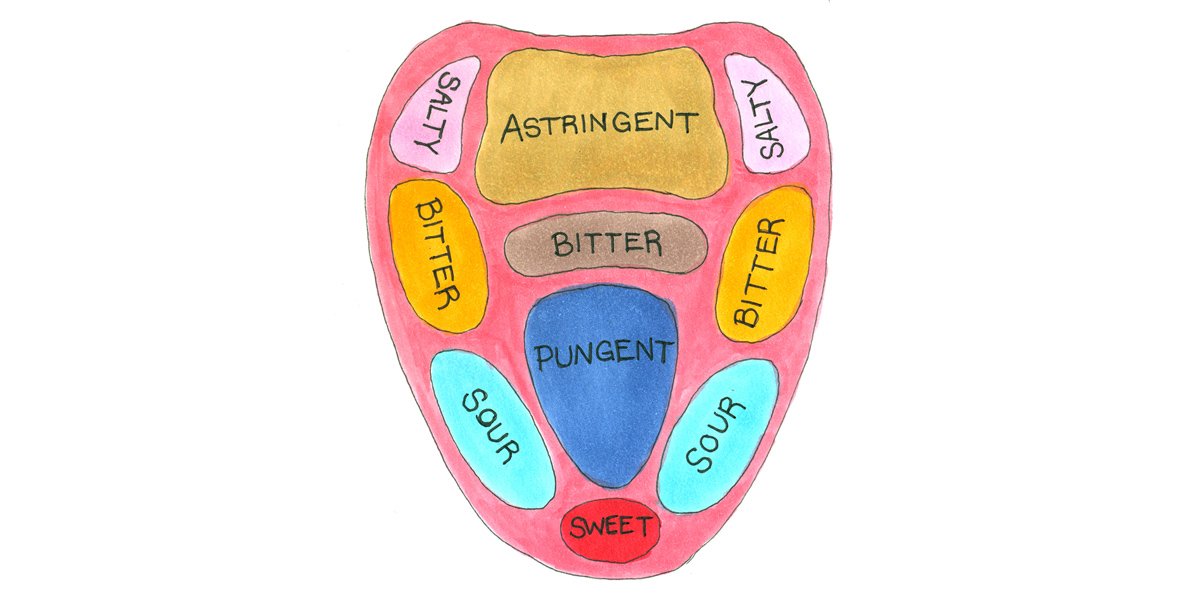The Role of Sensory Evaluation in Beverage Formulation: A Guide to Optimizing Flavor, Texture, and Appearance
When it comes to creating successful beverages, taste is everything. In order to create a product that consumers will love, beverage developers need to focus on optimizing flavor, texture, and appearance.
What is Sensory Evaluation?
Sensory evaluation is a scientific approach to measuring how humans perceive the sensory properties of food and beverages. It involves a panel of trained experts who evaluate the taste, smell, appearance, and texture of a product to determine its quality and overall acceptability. Sensory evaluation can help beverage developers identify flaws in their products and make improvements to optimize sensory properties. This can help to ensure that the product is well-received by consumers and stands out in a crowded marketplace.
How to Conduct Sensory Evaluation for Beverage Formulation
Select panelists: Panelists should be trained in sensory evaluation and have a good understanding of the sensory properties of beverages.
Define attributes: You will need to define the specific sensory attributes that you want to evaluate, such as sweetness, acidity, bitterness, and mouthfeel.
Develop protocols: Sensory evaluation protocols and standards should be developed to ensure that panelists are evaluating the beverages consistently and without bias.
Conduct an evaluation: Provide your panelists with samples of the beverage and instructed on how to evaluate each attribute.
Analyze your results!

